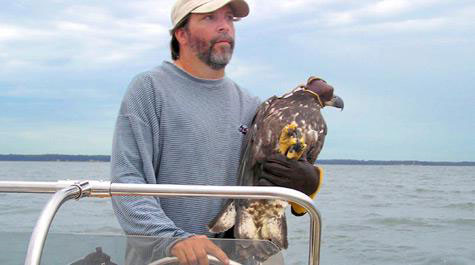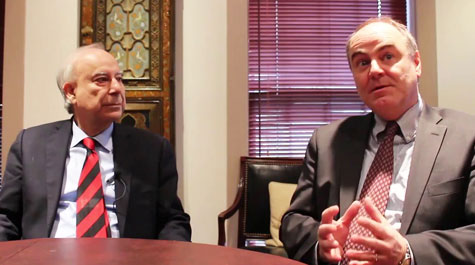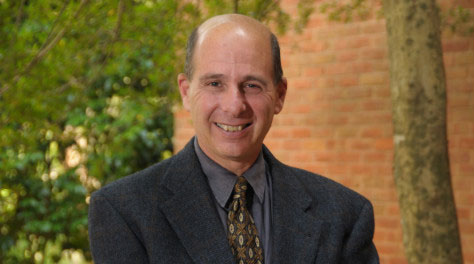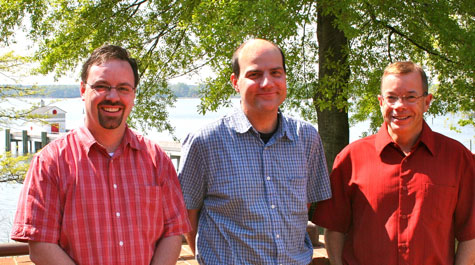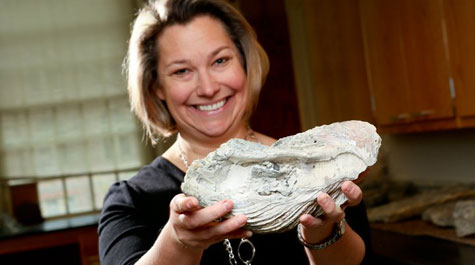W&M faculty in the media this month
Following are selected examples of William & Mary faculty and staff members in the national and international media. - Ed.
Partisan politics and the Supreme Court
In a March 22 Washington Post op-ed, the published work of Neal E. Devins, the Sandra Day O'Connor Professor of Law and director of Institute of Bill of Rights Law at William & Mary, was referenced concerning partisan politics in the Supreme Court.
During his congressional confirmation hearing on March 21, Judge Neil Gorsuch stated that, “There’s no such thing as a Republican judge or Democratic judge,” according to the article. However, the article states that Gorsuch, a possible supporter of Republican political campaigns, did not exactly tell the truth due to the fact that he received a citation for assisting in the confirmation processes of Republican-appointed judges.
The article also contends that the United States now has an ideological judiciary and references a paper titled “Split Definitive: How Party Polarization Turned the Supreme Court into a Partisan Court,” which Devins authored, to support its claim of how there is an increasingly tight connection between the party of the appointing president and how a judge rules.
According to the article, Devins writes that party polarization now affects the behavior of judges, “reducing the likelihood that they will stray from the ideological positions that brought them to the Court in the first place.”
Conservationists look to the past to help the future
In a March 21 Christian Science Monitor article, Rowan Lockwood, a professor of geology at William & Mary, discussed the future of life on Earth by using the disciplines of paleobiology and conservation.
According to the article, conservationists are looking to historical data to determine the baseline population or range of a species threatened by human activity, information which will be used to protect future plants and animals.
However, scientists have only recorded this kind of data for a few decades, maybe a century, but it is still a relative small amount of time in relation to how long humans have made an impact on the planet. Researchers look forward to finding new ways of helping the environment, according to the article.
"We're really interested in taking the past and applying it to the present," said Lockwood.
Huntsman needs ‘keen learners’ to navigate U.S.-Russia relationship
In a March 15 Virginia Gazette article, Stephen E. Hanson, vice provost for international affairs at William & Mary discussed the appointment of Jon M. Huntsman Jr. as the United States’ envoy to Moscow by U.S. President Donald Trump.
According to the article, Huntsman was asked what he looked for when picking members for his diplomatic staff. Huntsman said that he looks for “keen learners” and people who are not just professionals using the knowledge they’ve learned, but who are willing to learn constantly and adjust to changing circumstances, the article states.
Hanson, a nationally recognized expert on Eastern Europe and Russia, agreed that Huntsman will need the advice of “keen learners” to navigate the choppy waters of the U.S.-Russia relationship, particularly issues regarding the nation of Ukraine, according to the article.
“The sudden collapse of Viktor Yankovych's government no doubt led Putin and his entourage to believe that Ukraine might be entirely 'lost' to the West without dramatic and immediate action,” Hanson said. “The problem is that Putin now sees the situation in Ukraine entirely in zero-sum-terms—as a territory that either will 'belong' to the Russian sphere of influence or instead become anti-Russian."
Black rail population declining as sea level rises
In a March 12 Chesapeake Bay Journal article, Bryan Watts, director of the Center for Conservation Biology at William & Mary discussed the population of the Eastern black rail.
Watts discussed the scientific reasons behind the bird’s dwindling population.
“We know almost nothing about this species,” he said. “It’s very tiny and incredibly secretive. Even most bird watchers have never seen this species before. They are sort of evaporating around us.”
The article states that the bird’s decline has been rapid and unexpected, and only 50 years ago, part of Dorchester County on Maryland’s Eastern Shore was a world-renowned hot spot for birders seeking a glimpse of them. Today, the black rails are gone from Elliott Island. Only a handful are left in the state and none have been seen in Virginia’s coastal marshes for a couple of years, according to the article.
“This species is not going to be sustainable in its landscape in the face of sea level rise,” Watts said. “It will be lost. Maybe in five years, maybe in 10 years. But it’s on the way out.”
In addition, Watts states that his research has found that the birds’ nests are increasingly inundated by storms and unusually high tides. Although the animals could resettle themselves by moving upslope, because the marshes where the bird is found are relatively flat, even a small amount of rising water can push them out of suitable habitats, according to Watts.
“If the water gets up two centimeters, it is not just inundating the edge of the marsh it is inundating the entire marsh,” Watts said. “Once it hits that tipping point, you are effectively flooding the entire marsh.”
Cuts to Chesapeake Bay cleanup budget under new administration could cost $68M a year
In a March 2 article by the Daily Press, Robert J. Latour, a professor of marine science at William & Mary, discussed the possibility of cuts to the Chesapeake Bay cleanup budget.
According to the article, the White House is promoting a plan to decrease federal funding from $73 million annually to $5 million beginning in the fiscal 2018 budget and reduce staff and programs at the Environmental Protection Agency.
Latour explained that the lack of funds could affect the ability of William & Mary’s Virginia Institute of Marine Science to monitor the diminishment of fisheries and ecosystems of the bay.
“Very broadly, we’re all sort of holding our breath and wondering what the new administration is going to do regarding natural resources,” he said. “There are some scary proposals out there. Undoubtedly, a slash like that would have a very strong negative impacts across the scientific and research community—the regulation community as well.”














